Author: Matt Del Fiacco
One of the first suggestions seasoned brewers offer when rookies ask for ways to improve their beer is to pitch the right amount of viable yeast. Starting with more viable yeast is believed to reduce yeast stress, leading to healthier fermentations and reducing the possibility for off-flavors in the finished product. One apparent exception to this rule has to do with the currently popular yeasts known as kveik, which purportedly produces the most desirable characteristics when pitched at very low rates.
A recent poster presentation at the MBAA conference titled The Impact of Pitch Rate on Kveik Ferments, by Richard Preiss and Iz Netto of Escarpment Laboratories, provided some data-based context for this longstanding folk guideline. It concluded that lower kveik pitch rates resulted in a slower fermentation than higher pitch rates, but terminal gravity was ultimately very similar. Additionally, the study found that the impact of pitch rate on finished beer characteristics varied between different types of kveik.
When results from a recent xBmt showed beers fermented with a Voss kveik variant at drastically different temperatures were largely indistinguishable, a number of readers suggested this was likely due to the fact both were pitched at the same rate, which was much higher than is traditionally suggested. Intrigued both by the idea that a lower pitch rate could lead to a more desirable outcome as well as Preiss and Netto’s conclusions, I decided to test it out for myself.
| PURPOSE |
To evaluate the differences between beers fermented with the Voss kveik strain where each received a different pitch rate.
| METHODS |
For this xBmt, I opted to go with a recipe similar to the one brewed for the recent kveik fermentation temperature xBmt.
Redundancy
Recipe Details
| Batch Size | Boil Time | IBU | SRM | Est. OG | Est. FG | ABV |
|---|---|---|---|---|---|---|
| 5 gal | 90 min | 24.1 IBUs | 3.6 SRM | 1.062 | 1.015 | 6.3 % |
| Actuals | 1.062 | 1.015 | 6.2 % | |||
Fermentables
| Name | Amount | % |
|---|---|---|
| Pilsner (2 row) (Gambrinus) | 11.75 lbs | 100 |
Hops
| Name | Amount | Time | Use | Form | Alpha % |
|---|---|---|---|---|---|
| Magnum | 10 g | 90 min | First Wort | Pellet | 12 |
| Czech Saaz | 26 g | 15 min | Boil | Pellet | 3.5 |
Yeast
| Name | Lab | Attenuation | Temperature |
|---|---|---|---|
| Loki | Imperial Yeast | 79% | 68°F - 98°F |
Notes
| Water Profile: Ca 54 | Mg 11 | Na 25 | SO4 81 | Cl 65 |
Download
| Download this recipe's BeerXML file |
After collecting two identical volumes of water on brew day, I turned on the elements to heat them up.
I then weighed out and milled the grain for each batch.
With the water adequately heated, I incorporated the grains then checked to make sure each batch was at the same mash temperature.
During the mash rest, I weighed out the kettle hop additions.
When each 60 minute mash was complete, I removed the grains and brought the worts to a boil.
When the 60 minute boils were finished, they were quickly chilled on their way to sanitized fermentation kegs.
A refractometer reading confirmed target OG was hit.
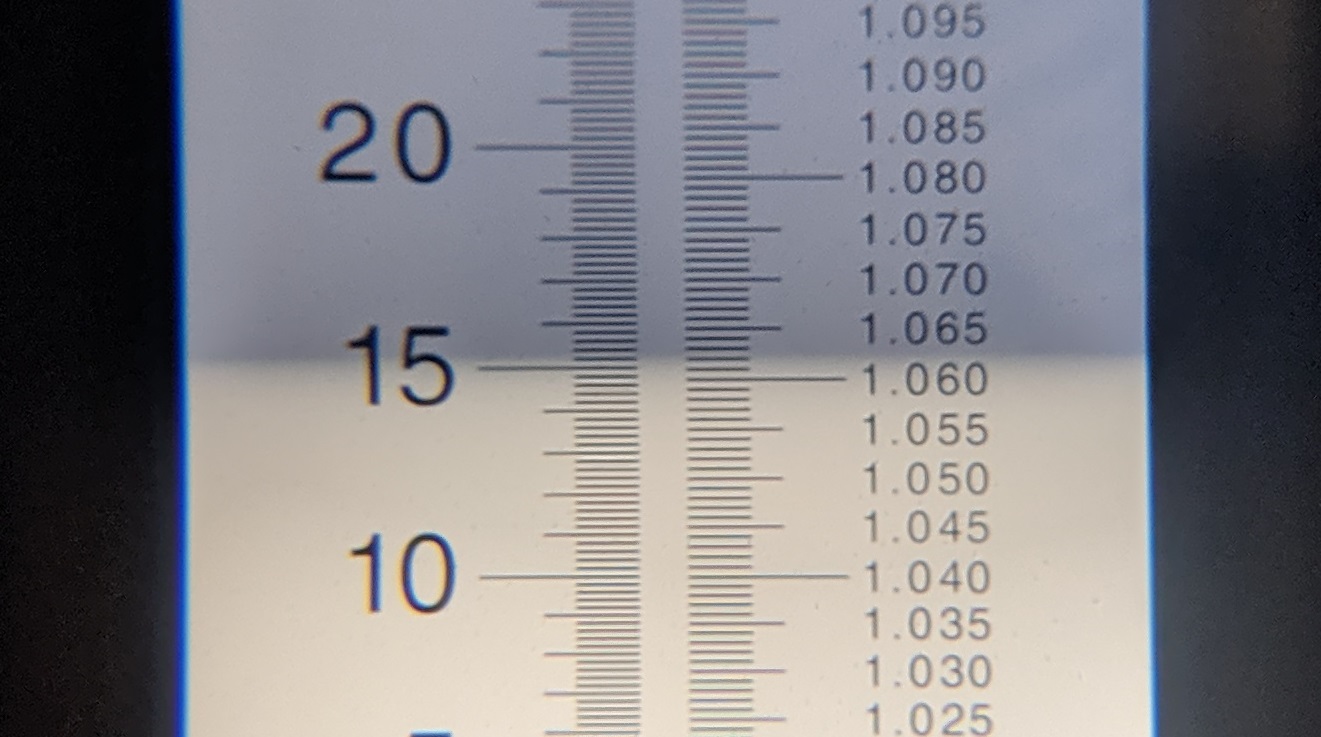
Prior to brewing the beers for this xBmt, I consulted with Larsblog’s Lars Marius Garshol who recommended a pitch rate of approximately 1 million cells per milliliter based on the target OG. I proceeded to weigh out the amount of yeast for both batches using two pouches of Imperial Yeast A43 Loki, a Voss variant.
I then proceeded to pitch the yeast, which amounted to pitch rates of approximately 18 billion and 220 billion cells for the under-pitch and standard pitch rate beers, respectively.
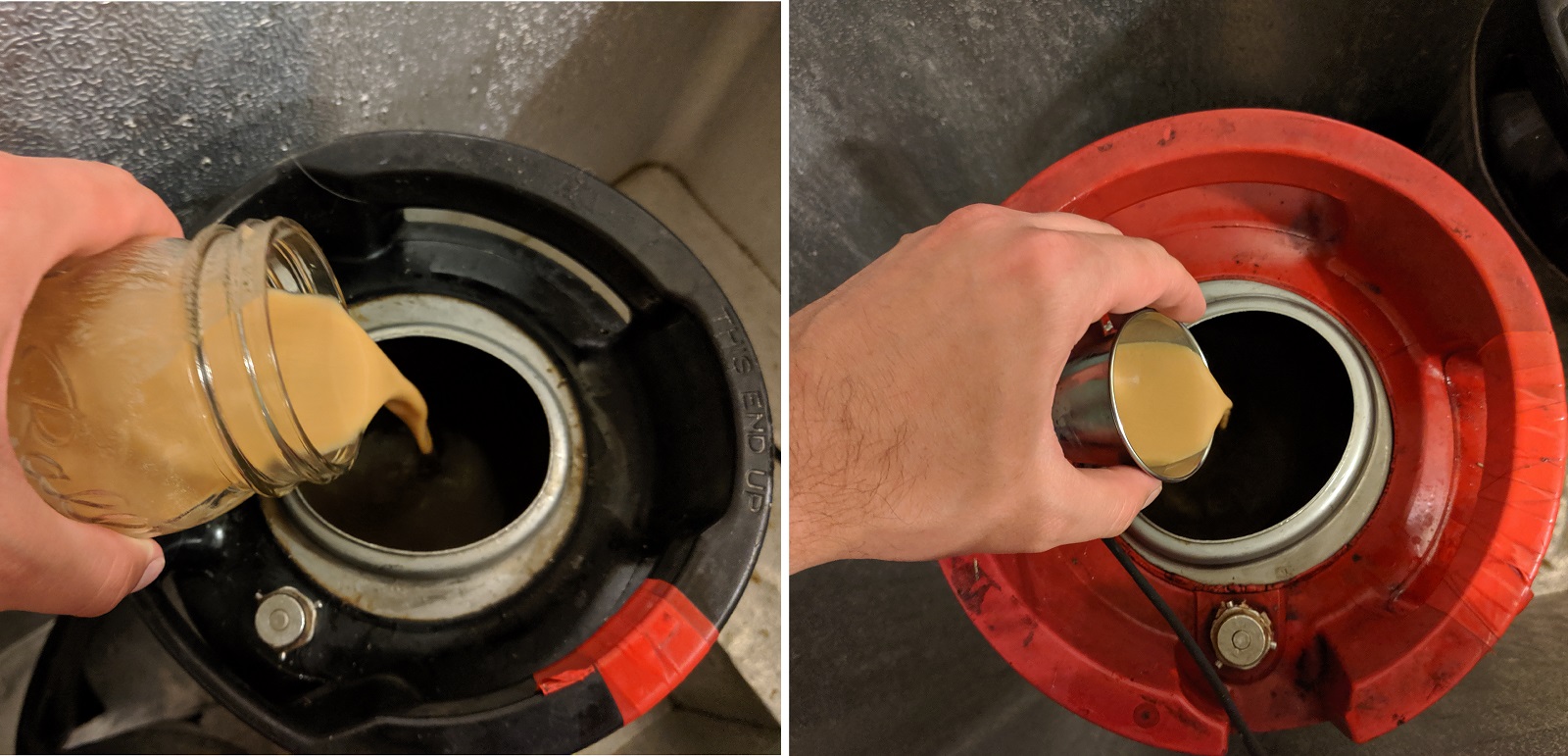
The fermentation kegs were then set next to each other chambers controlled to 96°F/36°C.
Unsurprisingly, the underpitch beer took a bit longer to show signs of activity than the one pitched with more yeast, but at 18 hours, both appeared to be fermenting similarly. Hydrometer measurements taken 2 weeks later showed both beers achieved a similar FG.
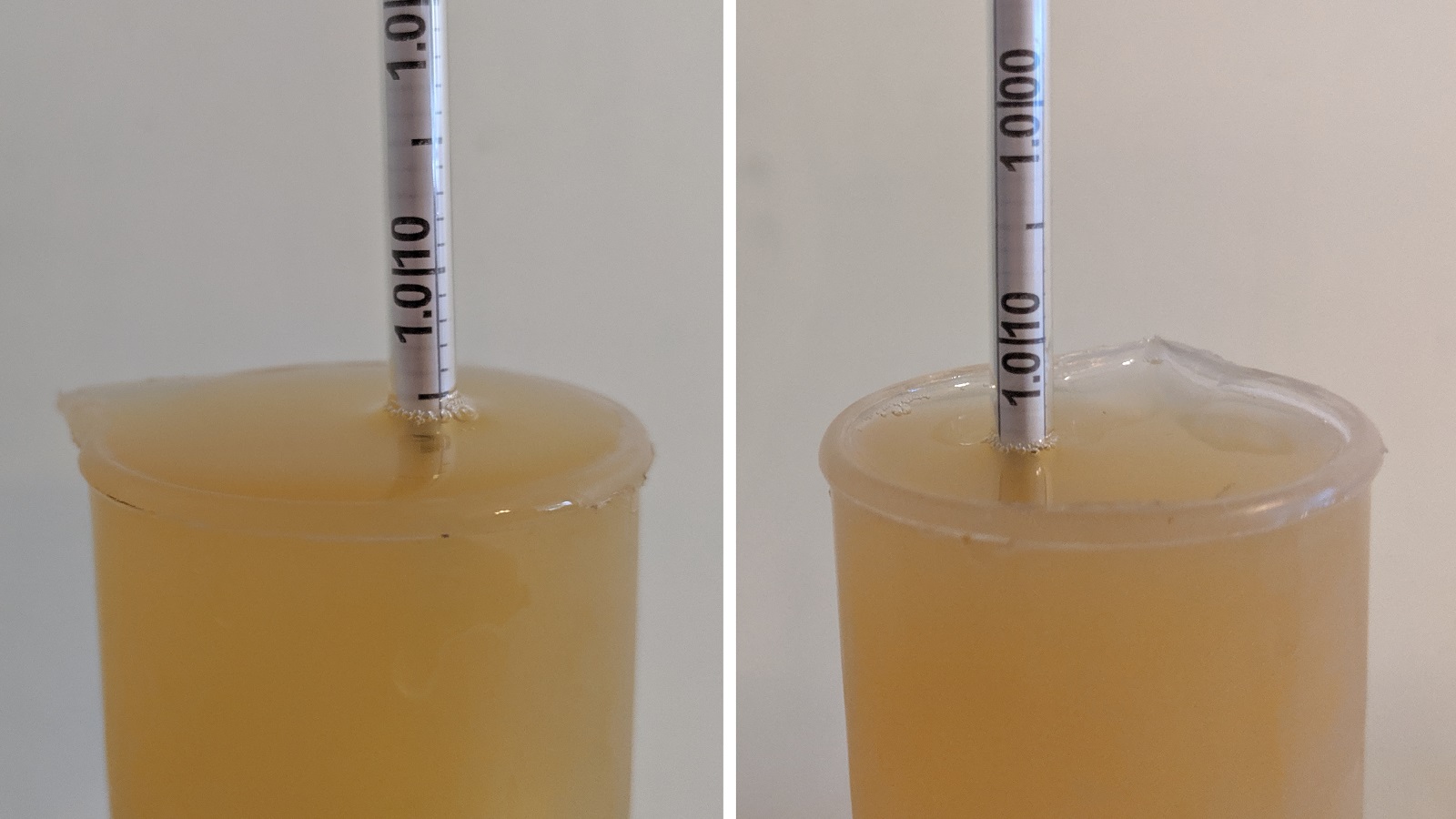
At this point, the beers were pressure transferred to sanitized serving kegs.
The filled kegs were placed in my cool keezer where they were burst carbonated and left to condition for a couple weeks before I served them to tasters.
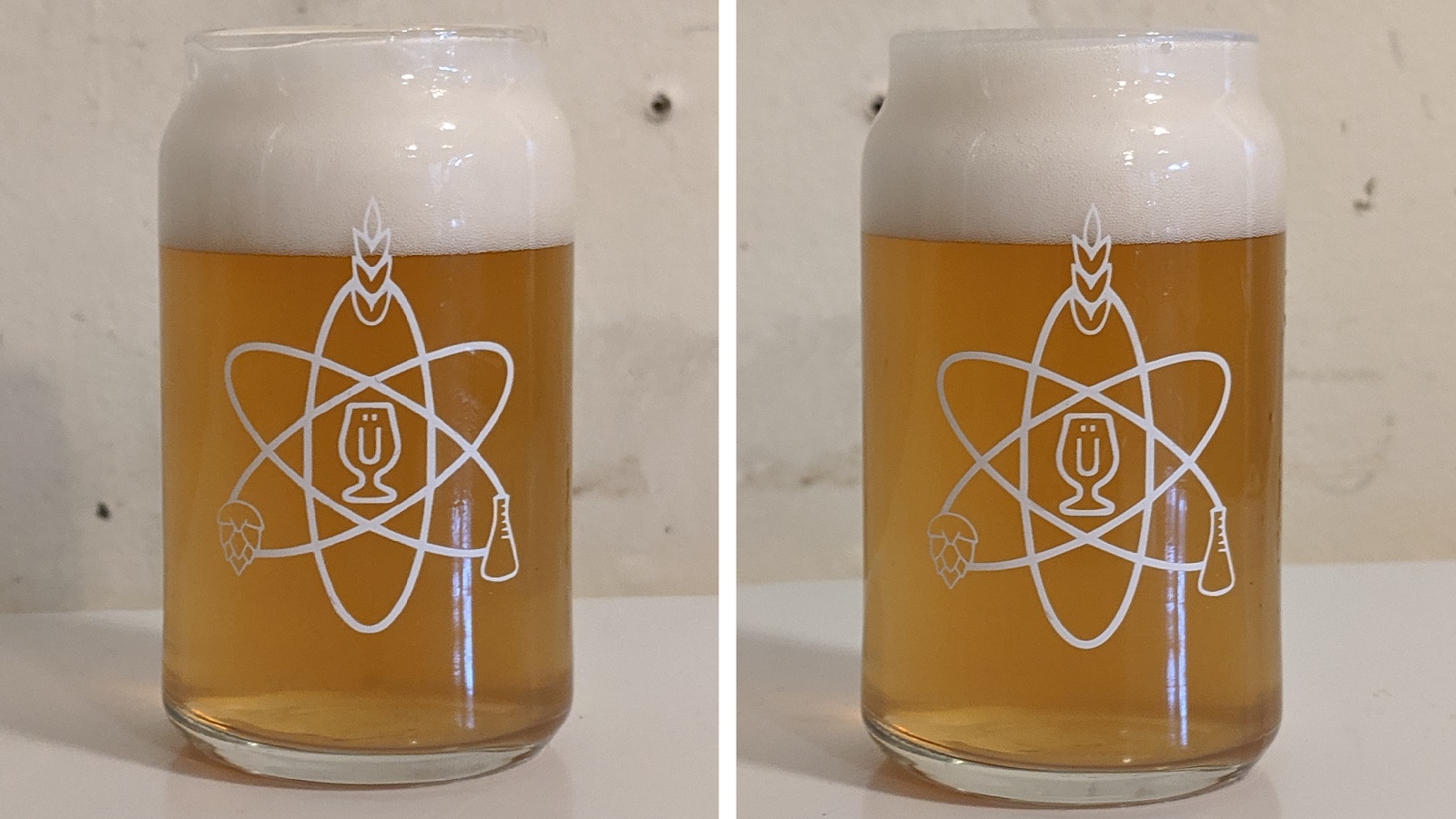
| RESULTS |
 A total of 21 people of varying levels of experience participated in this xBmt during a monthly Joliet Brewers Guild meeting. Each participant was served 1 sample of the standard pitch rate beer and 2 samples of the underpitched beer in different colored opaque cups then asked to identify the unique sample. At this sample size, 12 tasters (p<0.05) would have had to identify the unique sample in order to reach statistical significance, though only 9 (p=0.24) did, indicating participants in this xBmt were unable to reliably distinguish beers fermented with the Voss kveik variant pitched at either standard or low rates.
A total of 21 people of varying levels of experience participated in this xBmt during a monthly Joliet Brewers Guild meeting. Each participant was served 1 sample of the standard pitch rate beer and 2 samples of the underpitched beer in different colored opaque cups then asked to identify the unique sample. At this sample size, 12 tasters (p<0.05) would have had to identify the unique sample in order to reach statistical significance, though only 9 (p=0.24) did, indicating participants in this xBmt were unable to reliably distinguish beers fermented with the Voss kveik variant pitched at either standard or low rates.
My Impressions: Out of the 10 semi-blind triangle tests I attempted, I identified the unique sample 7 times, which while not perfect, is decent odds. No doubt about it, the beers were way more similar than they were different, both leaning slightly sweet with a pleasant cracker malt character. However, to my palate, the underpitched beer had a very subtle apple character in both the aroma and the flavor that was absent in the standard pitch batch. Either way, I enjoyed both equally.
| DISCUSSION |
Kveik has had a huge impact on the brewing scene over the past couple years, and much of what we know about this unusual family of yeasts amounts to hearsay based on personal anecdote. One of the more common suggestions when it comes to using kveik is to underpitch, which is said to lead to the production of desirable characteristics. Interestingly, tasters in this xBmt were unable to reliably distinguish beers fermented with Imperial Yeast A43 Loki, a Voss isolate, at rates of either 18 billion cells or 220 billion cells, suggesting pitch rate may not have as much of an impact on beer character as many believe.
These results indicate one of two things—either both beers possessed the desired characteristics, or it was absent in both. This is an interesting layer to the Preiss and Netto’s research showing different pitch rates did lead to noticeable chemical differences when using Voss kveik. One possible explanation for this is that Preiss and Netto fermented their beers at 68°F/20°C compared to the 96°F/36°C temperature in this xBmt. Moreover, the Voss isolate used in this xBmt came from a different lab than that of Preiss and Netto’s, so there’s a chance this may have contributed to the disparate findings.
While these results call into question claims that underpitching kveik leads to the production of unique characteristics, it also indicates fairly small amounts can be used without producing off-flavors, which is definitely a positive. There remains much to learn about kveik usage, but given these results and my own personal experience with the beers, I’ll definitely be getting a bit more mileage out of each pouch I use in the future.
If you have any thoughts about this xBmt, please do not hesitate to share in the comments section below!
Support Brülosophy In Style!
All designs are available in various colors and sizes on Amazon!
Follow Brülosophy on:
FACEBOOK | TWITTER | INSTAGRAM
If you enjoy this stuff and feel compelled to support Brulosophy.com, please check out the Support page for details on how you can very easily do so. Thanks!

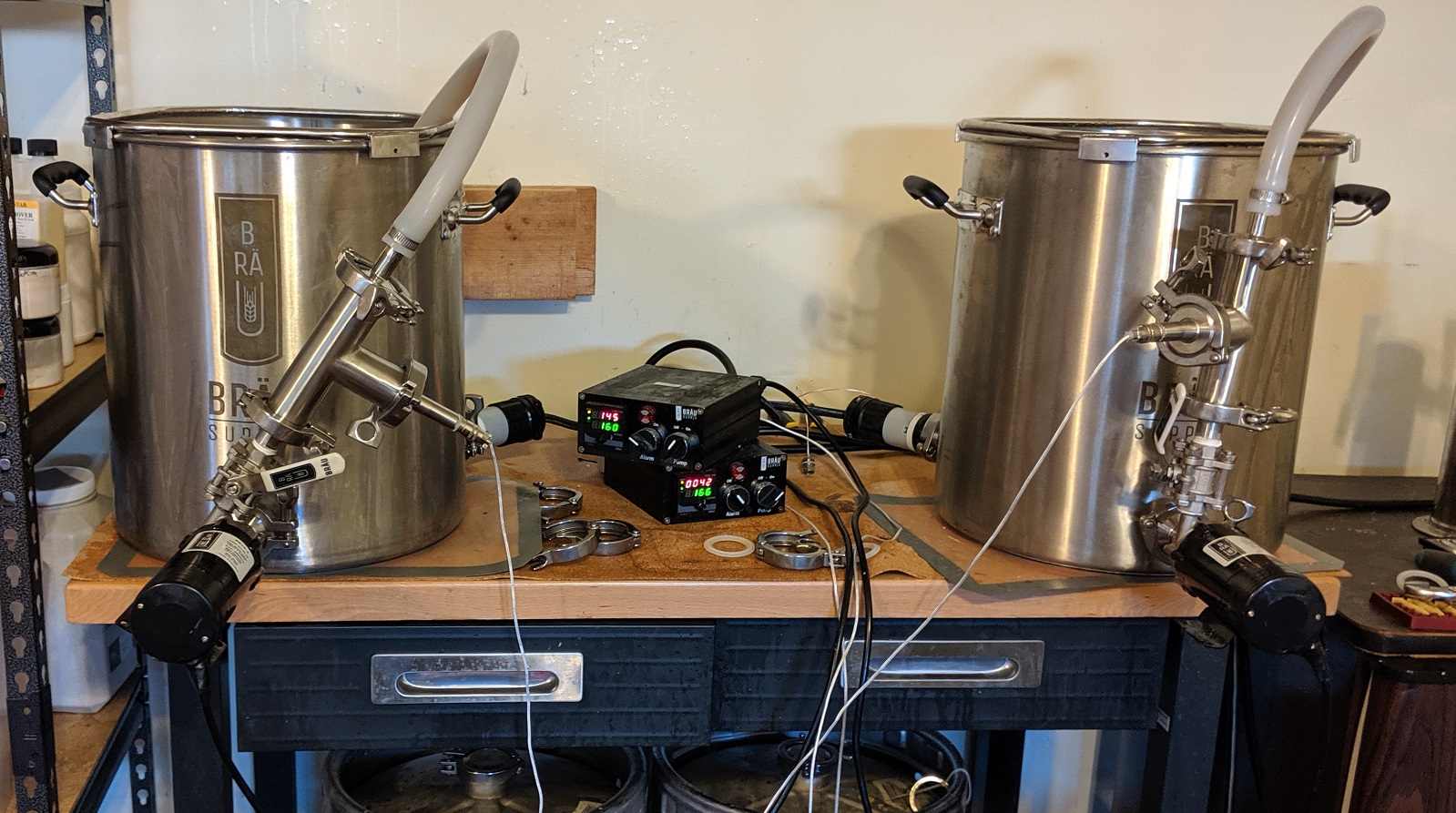
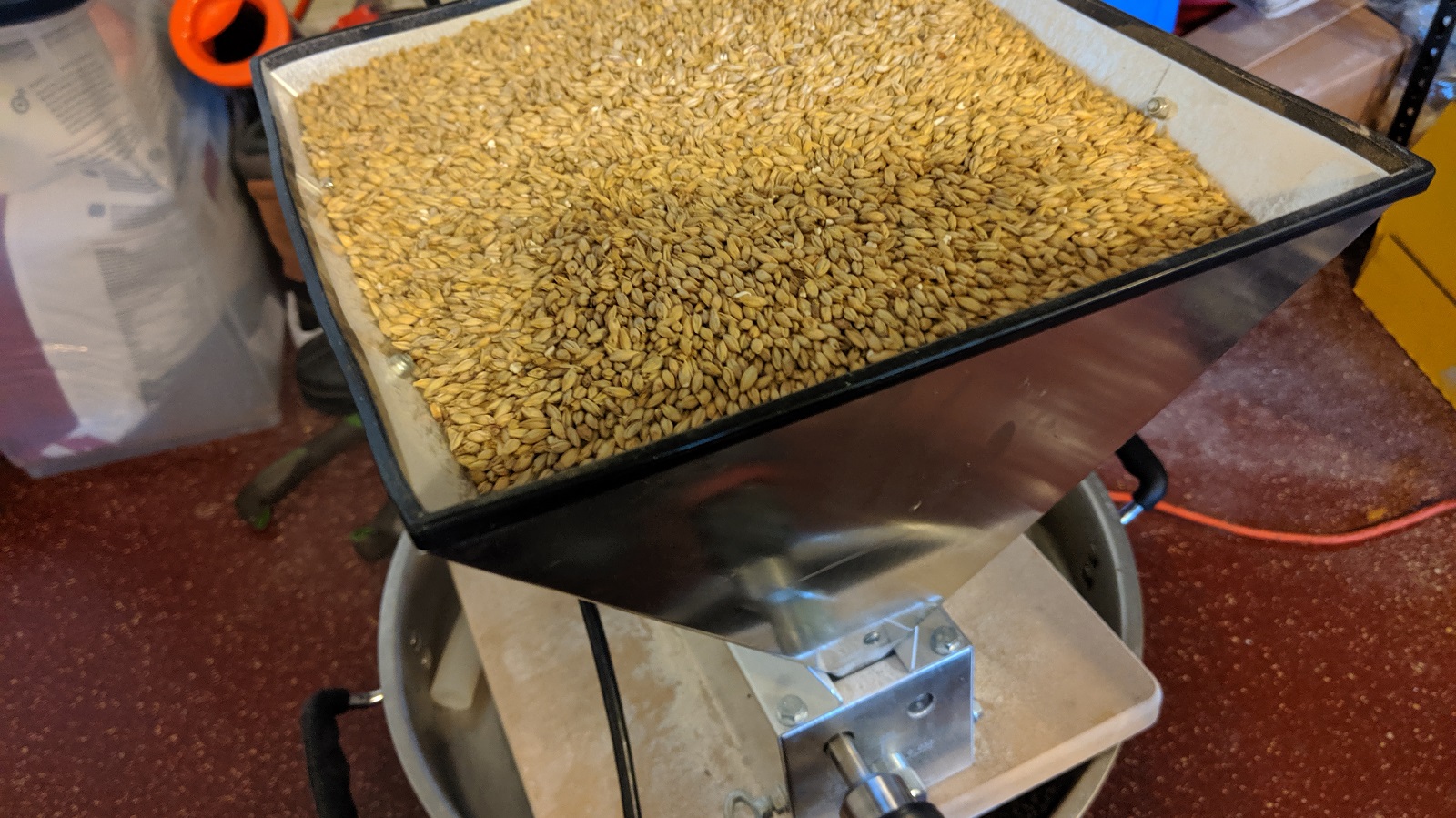
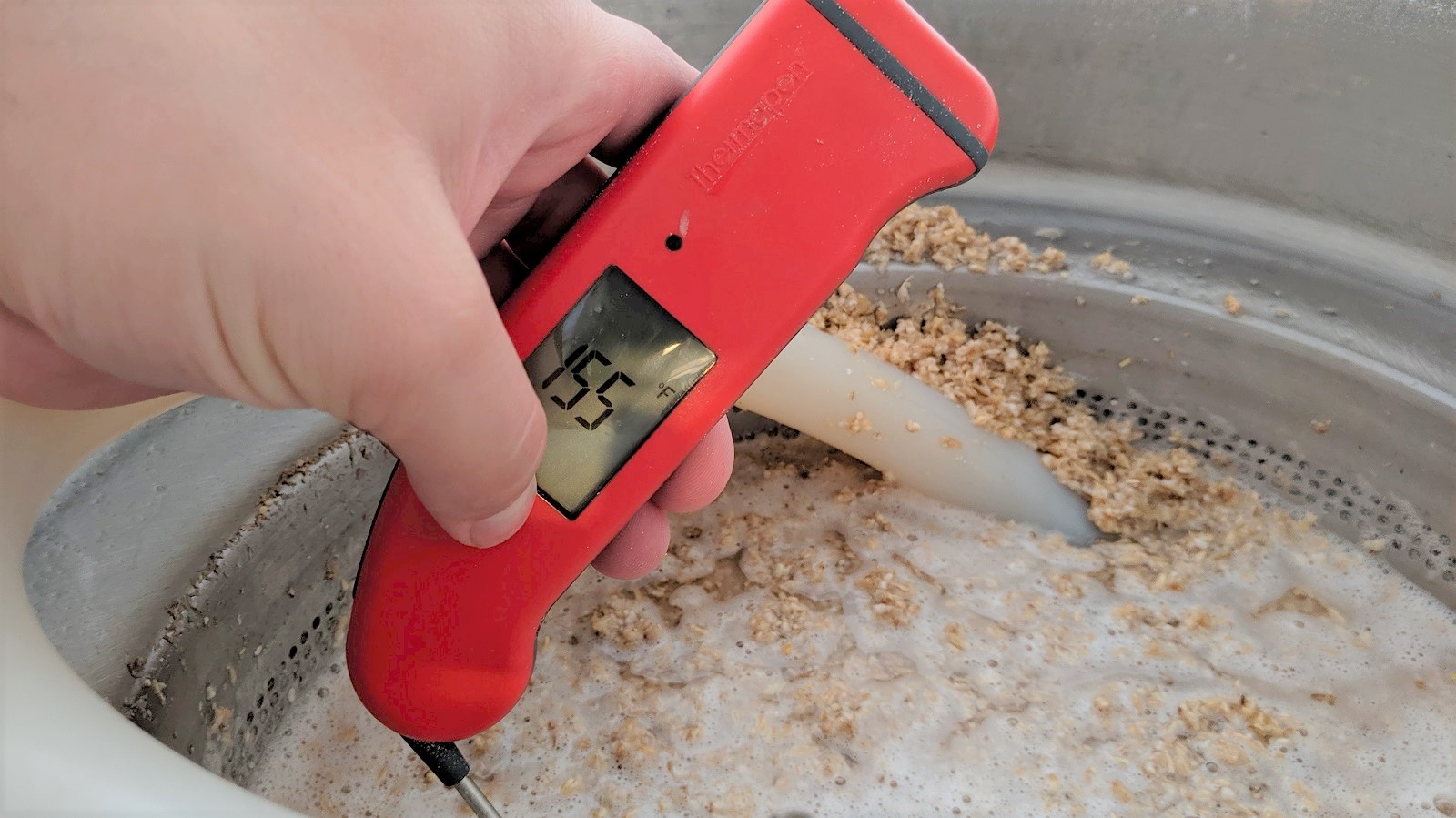
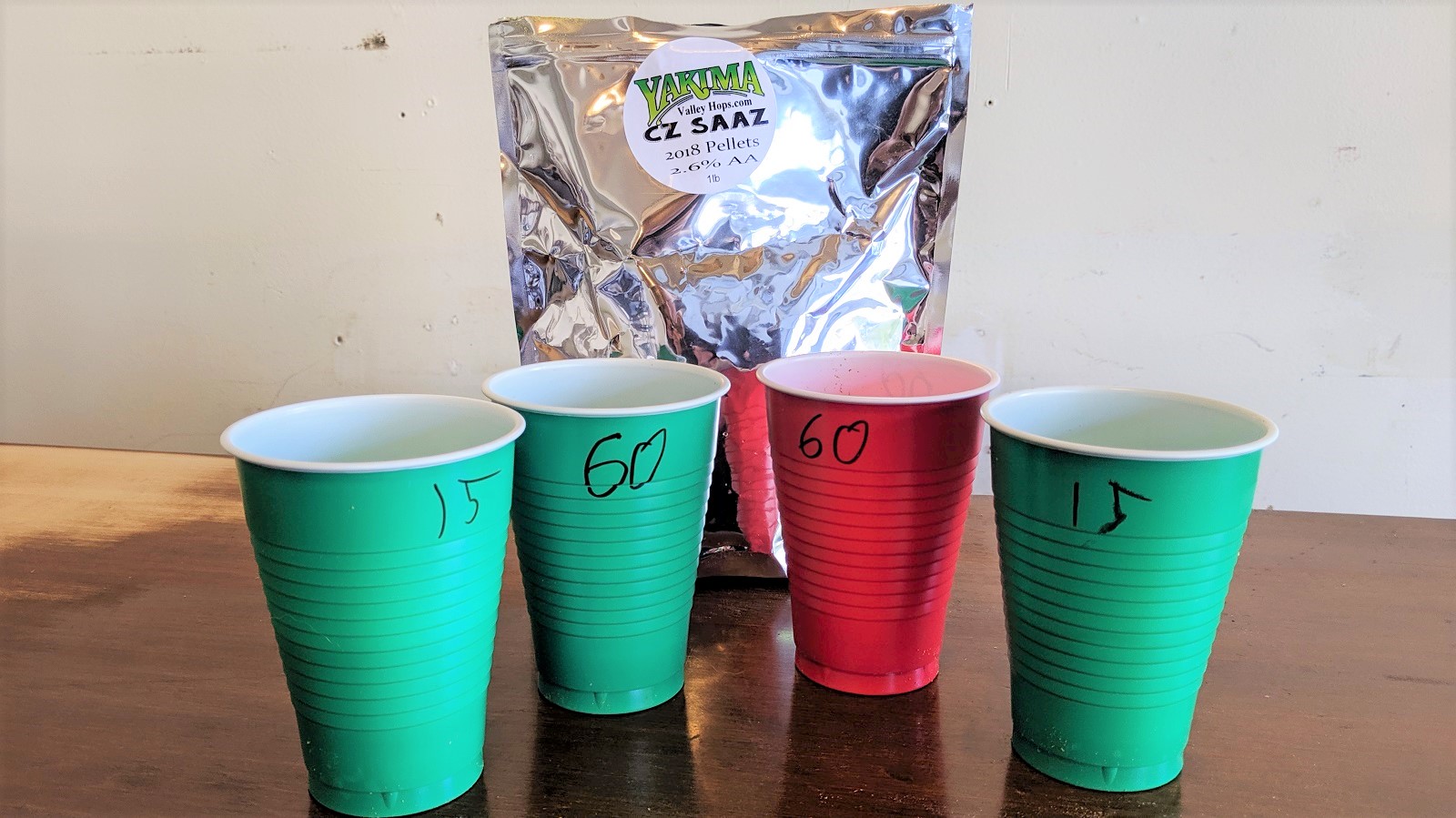
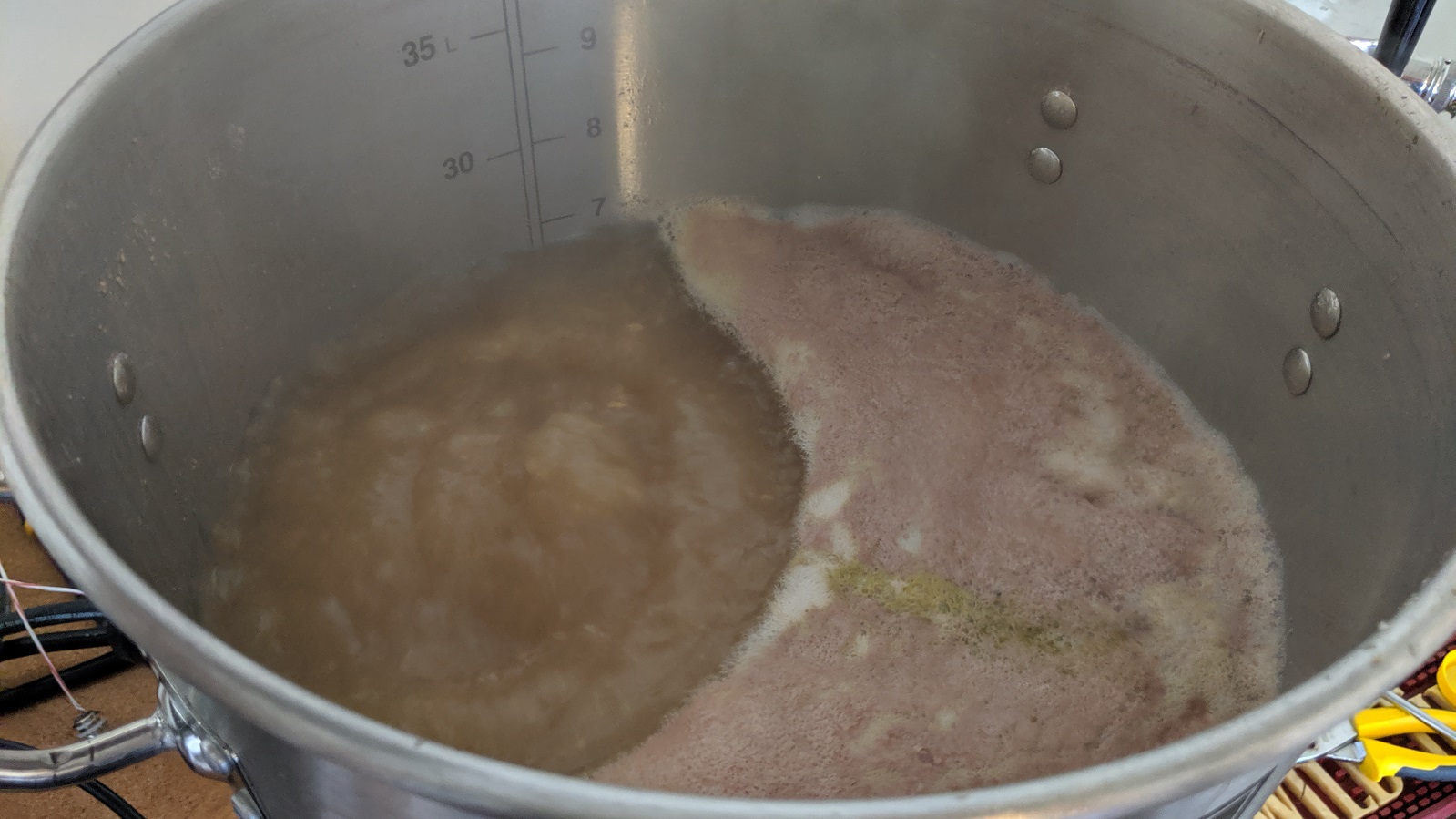
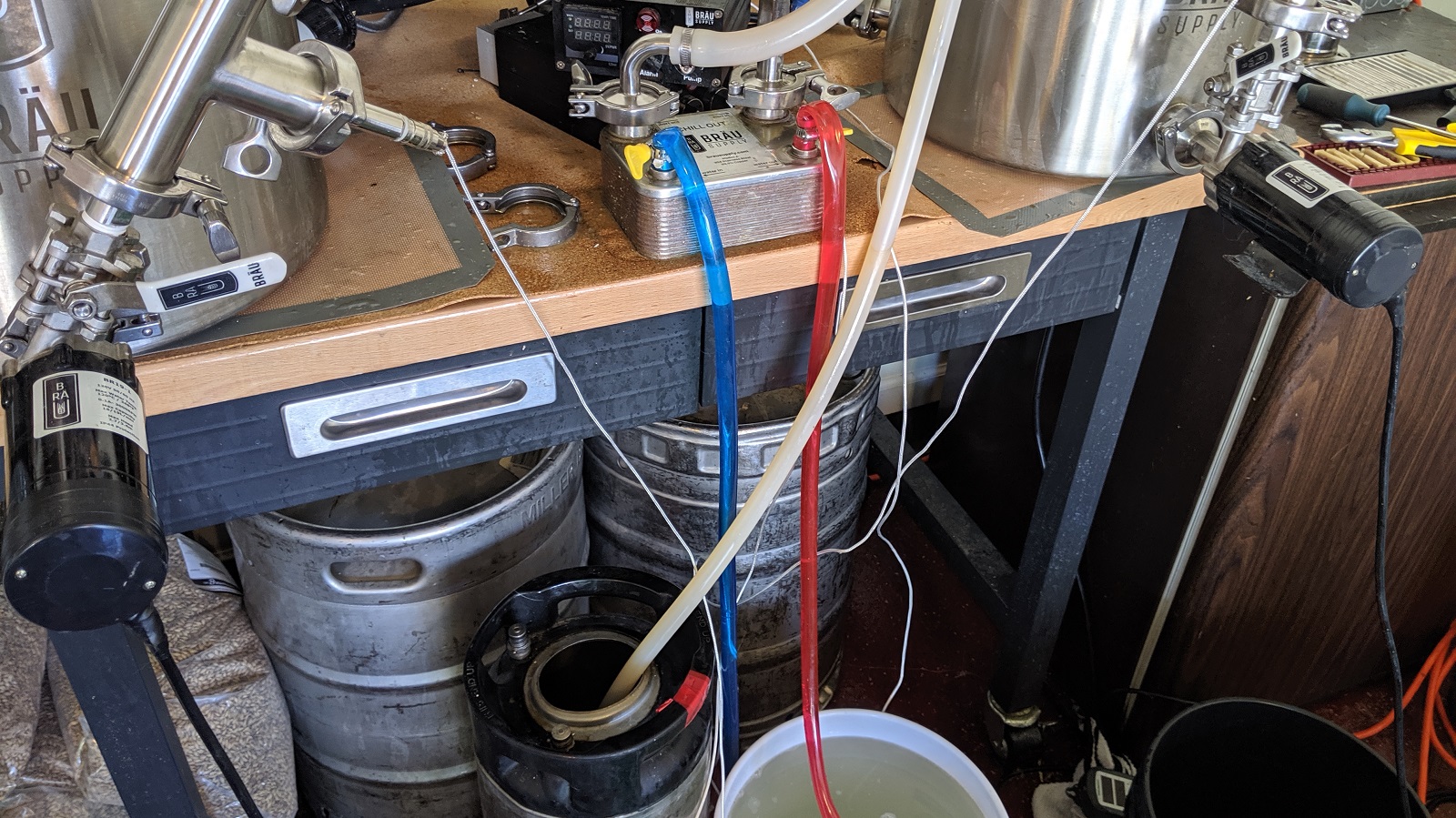
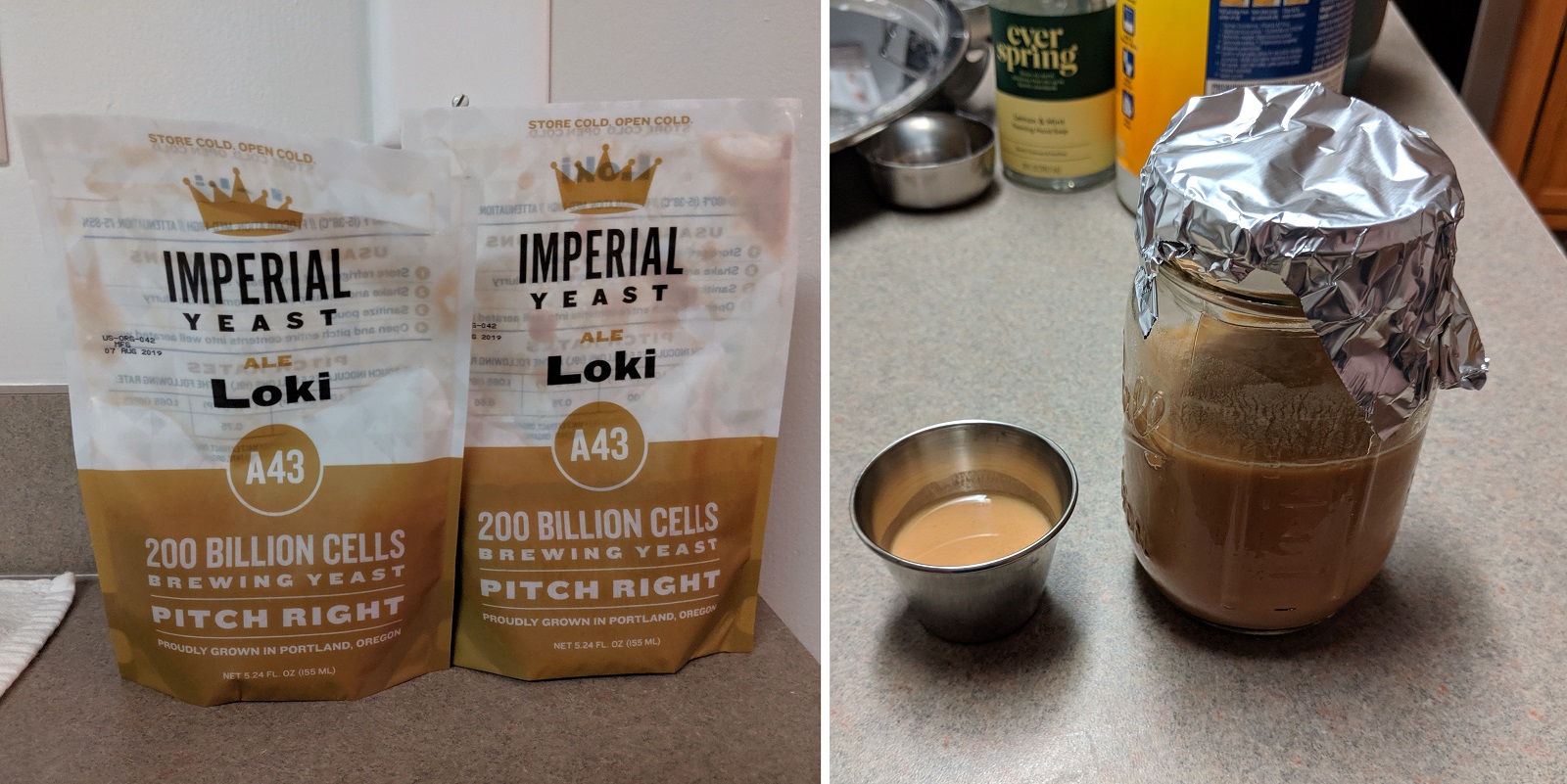
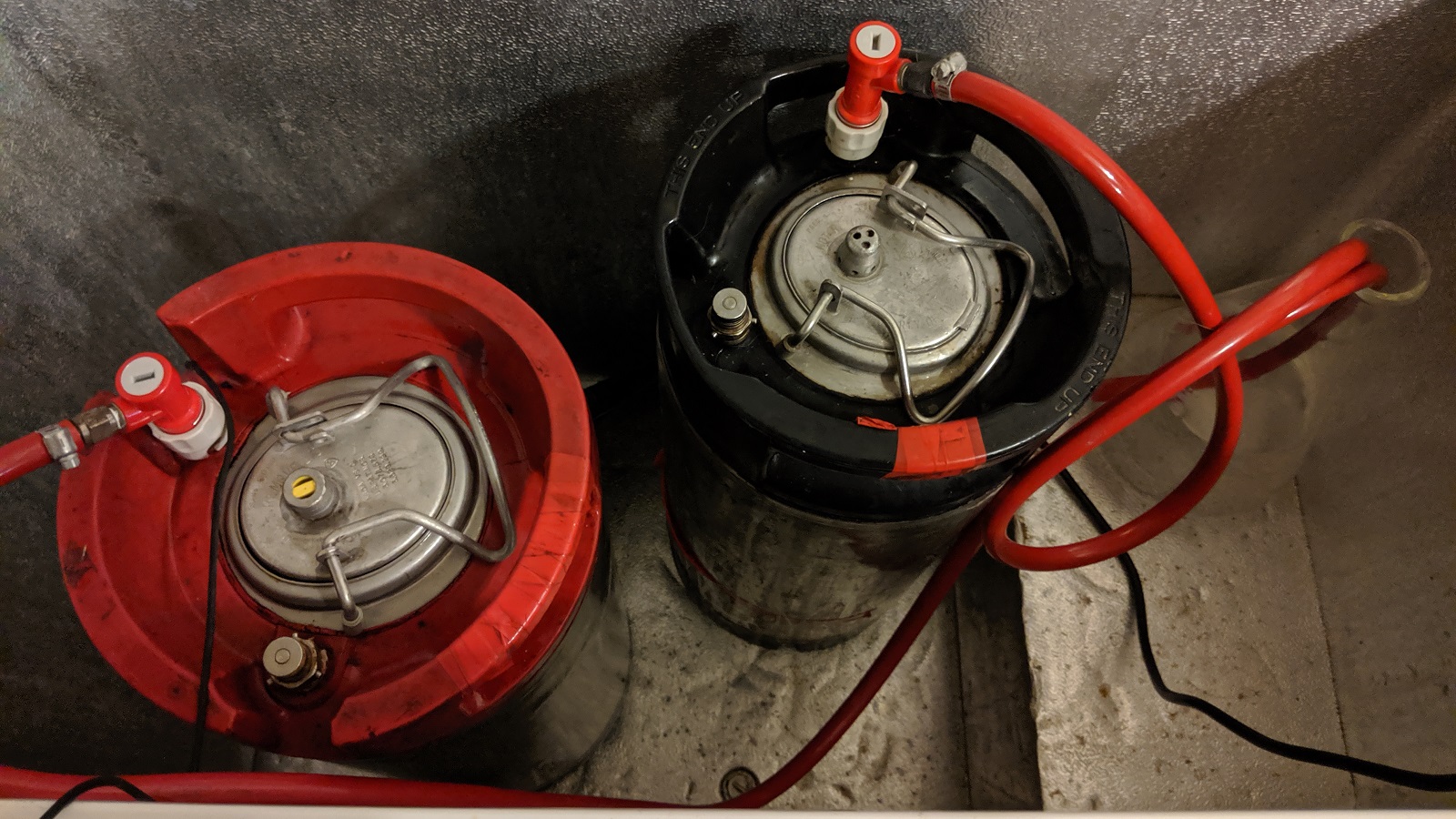
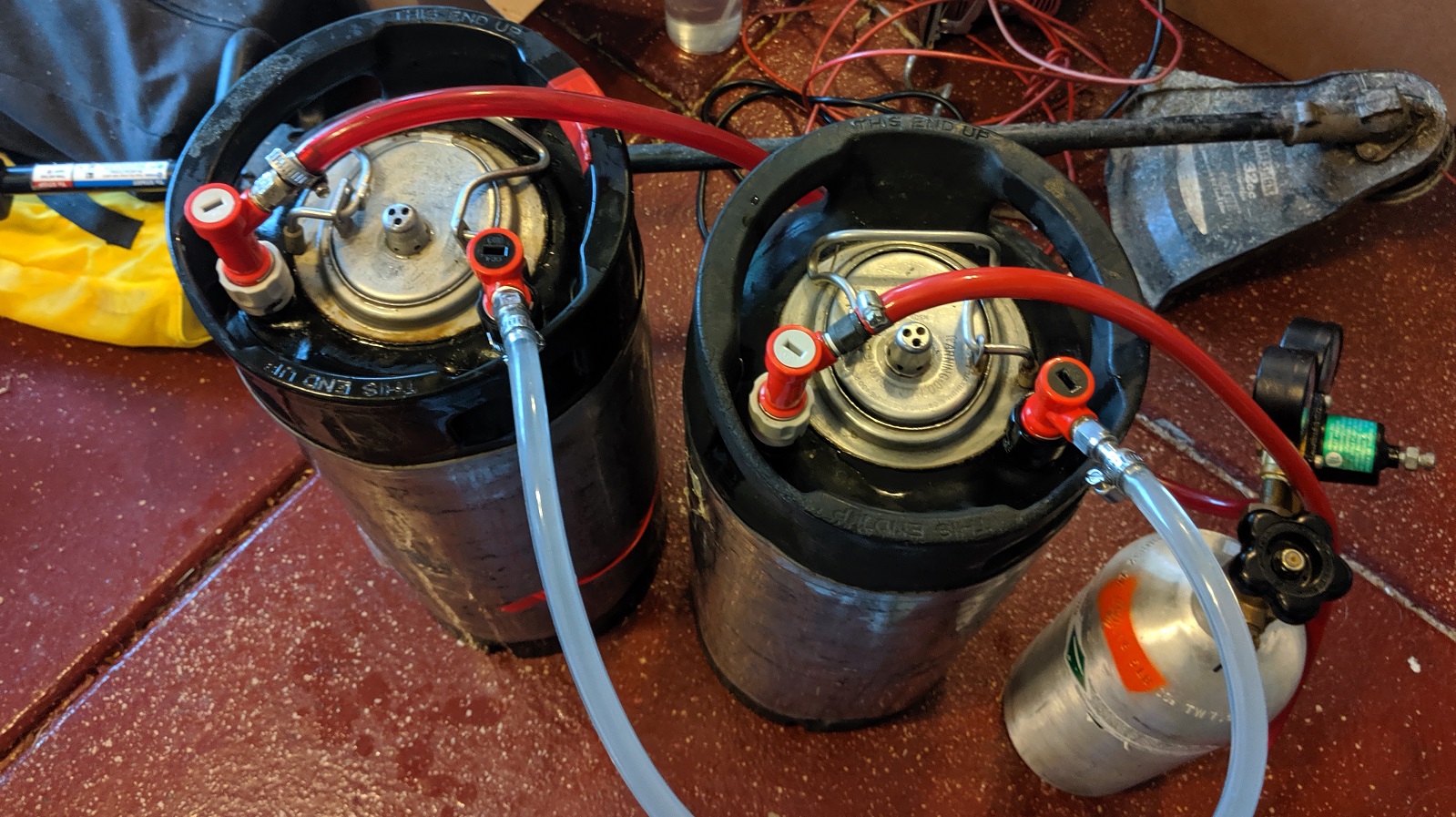










16 thoughts on “exBEERiment | Yeast Pitch Rate: Impact of Underpitching Kveik Yeast”
Was the apple flavor caused by acetaldehyde you think? I wonder if it’d condition out, leaving both examples identical.
Potentially! I try not to prescribe chemicals to things I’m tasting. I can say over time I still get that apple-characteristic, but tough to say whether or not it would still be present if the beers had conditioned on the yeast longer.
apple-characteristic from “conditioned to the yeast longer”? what the fo? that apple characteristic is temperature dependent, kind brewer.
I get a tinge of that with my Skare German pilsners. I don’t really understand how I’d get acetaldehyde because I do all the things to mitigate it. It’s so subtle that I’m not even sure I taste it, though. Regardless, Skare makes an awesome German Pilsner.
when i used hothead the apple flavor was not green apple. more like a gala or fuji or apple cider flavor/aroma.
when i used Hothead i remember my impression of the beer being an apple-like ester as well. i think i’d like to avoid that flavor, so i guess i’ll pitch more yeast in the future.
another nice thing about the kveiks is you don’t really have to worry about diacetyl at all since you can keep them so hot. any diacetyl created gets converted and destroyed super fast!
Ha! I can for sure say of all the kveik-utilizing beers I’ve made, diacetyl has not been a complaint.
Please make same test, but with original blends from Norway, not comersial isolates from a lab.
There is BIG difference.
Definitely agree, as I mentioned in the article utilizing the blends and not isolates could potentially contribute to these results. Additionally, I’d be interested in the drift within blends over the course of generations.
I had the same thought. A frequent and traditional kveik brewer I know in Norway is always suggesting to “underpitch” and ferment very warm, up to 100F for several of the original strains. Using something like that while also underpitching might make a more noticeable difference. Then again, maybe not.
While I agree that isolated strains of kveik are not the same as the original mixed cultures, I am skeptical that it will make a big difference in a repeat of this particular experiment. First off, the Preiss data used a blend of kveik for the Raftevold sample. Secondly, with more strains you’ll potentially have more flavor compounds from each strain being produced. The more flavor compounds being produced, the more muddled the sensory will be.
For example, one strain in a specific blend might react more widely to different pitching rates, but if the other strains do not then they could easily cover up the effect in this one strain. Therefore, if pitching rate is going to affect the flavor produced for any particular kveik, I would think that the best way to demonstrate this is to use a single isolate so as to concentrate the effect for that particular strain, and then test it again for the full mixed culture to see if that strain’s variance has an overall effect once the other strains are introduced.
Just a few points of your discussion points:
-Preiss is a co-founder of Escarpment Labs, and Netto is one of their R&D biologist: they produced the yeast at their production facility and are constantly checking their viability.
-The yeast they used were isolated strains that they have in production. As an isolated Voss strain was used, it may be a different strain from Imperial’s yeast bank.
-The flavour results were more analytical based of compound concentrations, not a sensory board. And just as we’ve known about bitterness perception and analytical count of IBU’s, they don’t always match up.
Gotta give a shout out to EL, as they’re in the next town over and our best source for fresh yeast!
kveik is a loose family of yeasts and this experiment is based on an *isolate* of one family member… i wouldn’t extrapolate these results to other kveik yeasts, given how little we know about them in general.
I participated and could not discern a difference in taste, but for me the aroma difference was strong (and obvious).
I recall cidery flavors in both the under and standard pitches.
Somethings I’ve been thinking about since doing the test: What if tasters were only focused on the flavor and didn’t consider aroma in their evaluation? How many tasters smelled the beer? Of those who did smell it, what were their evaluations? How do we encourage a full sensory evaluation w/o tainting results?
Great discussion
I did an experiment much similar from your’s but in my case it returned significant (did not read the paper mentioned but guess in agreement with their results).
Out of 15 people 11 were able to identify the unique sample.
In my case it was a NEIPA recipe, one I used 1/10 and the other 1 of the recommended pitching, Voss strain isolated, both fermented at 35C. Indeed the regular pitch took off early. I used two tilts and it can be seen that regular pitching actually finished early as well.
Aroma from underptiching was better bringing orange characteristics (expected for Voss). But it was very harsh. My two hypotheses are oxidation due to lag diference (despite the fact I take all I can to minimize O2) or the fact that under pitching may bring this harsh characteristics at all or when in contact with heavy doses of hops (remember to read something in Scott’s book). Or maybe both hypotheses happened…
Results are in the link bellow but unfortunately in Portuguese :). Maybe google translate can help on that if it’s in your interested. If not please be free to take the link out 🙂
https://medium.com/@zoletando/viking-beer-fashion-8f4f11b35deb